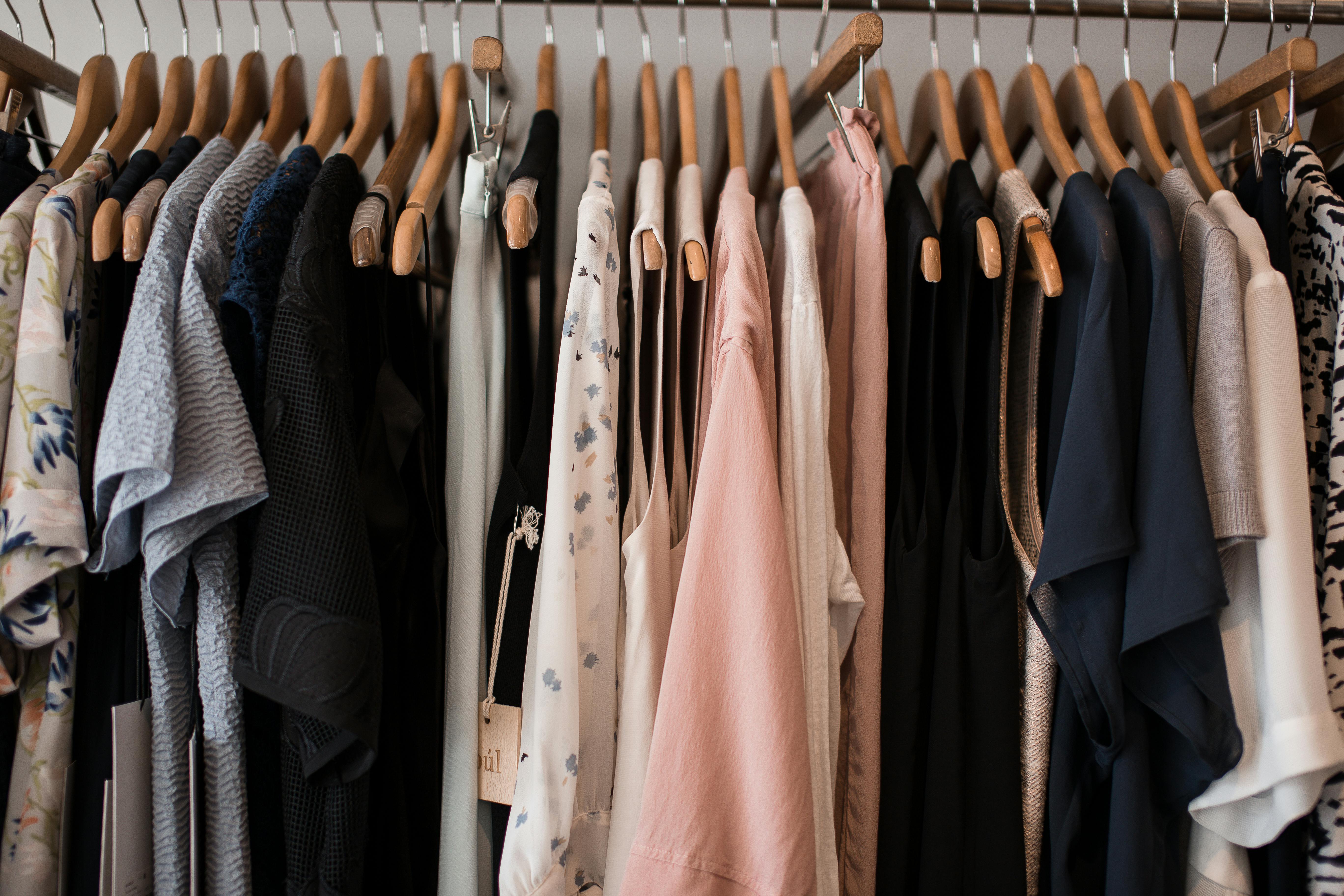When talking about SEO (search engine optimization), image optimization is an important part of on-page SEO. As probably every SEO specialist says, that can bring some benefits and improve your Google rankings.
Many of the website owners just put images with the name “dsc3244.jpg” or similar and don’t care about it. That is wrong. Of course properly optimized images won’t give you much in rankings, that’s just one factor, but if you want to have good website optimization, by missing out on factors like this, your overall SEO performance won’t be good, so your classification.
Now, let’s start with the optimization tips:
There are 3 most important image optimization factors:
- Image name/File name
- Alt attribute
- Title Attribute
Image Name – The most important factor and you should name your images with words that describe what the image is, keyword rich and simple. As separator use “-“.
Example: “seo-packages.jpg”
Alternative attribute:
The image alt attribute is important for SEO purposes, but don’t over-optimize it. Don’t try to put a lot of small images and put keywords in the alt attributes. Google will punish that. So, just try to make it natural and look normal.
A previous example was an image “seo-packages.jpg”. A good alternative attribute for that image might be “Affordable SEO Packages” or “Professional SEO Packages”.
The use of “alt” is to explain what is in that image. Also, if someone’s browser or mobile phone doesn’t support images, it will display their alt attribute.
Title Attribute:
In the title attribute, you need to put some descriptive text. For a given example, it should look something like this: “Professional SEO packages at reasonable prices.” The image title is also displayed on hover. Note that the title attribute does not carry much SEO weight.
Other important on-page SEO factors that have an influence:
Subtitle text:
You’ll bring in some SEO points if you put captions somewhere around the images, or in the text near the image. The text related to the image will show Google that that image really fits where it is placed.
Photo size:
It doesn’t matter if you formatted your image to fit your page, you need to add width and height in your HTML code. This will slightly increase the page load time. A browser will immediately know where the image will be placed and will continue to load other parts of the page while loading the image. If there is no defined width and height, the browser will first fully load that image and then other parts of the page.
Also, you probably know that it’s good to format your images to fit your needs and not scale your image via HTML.
